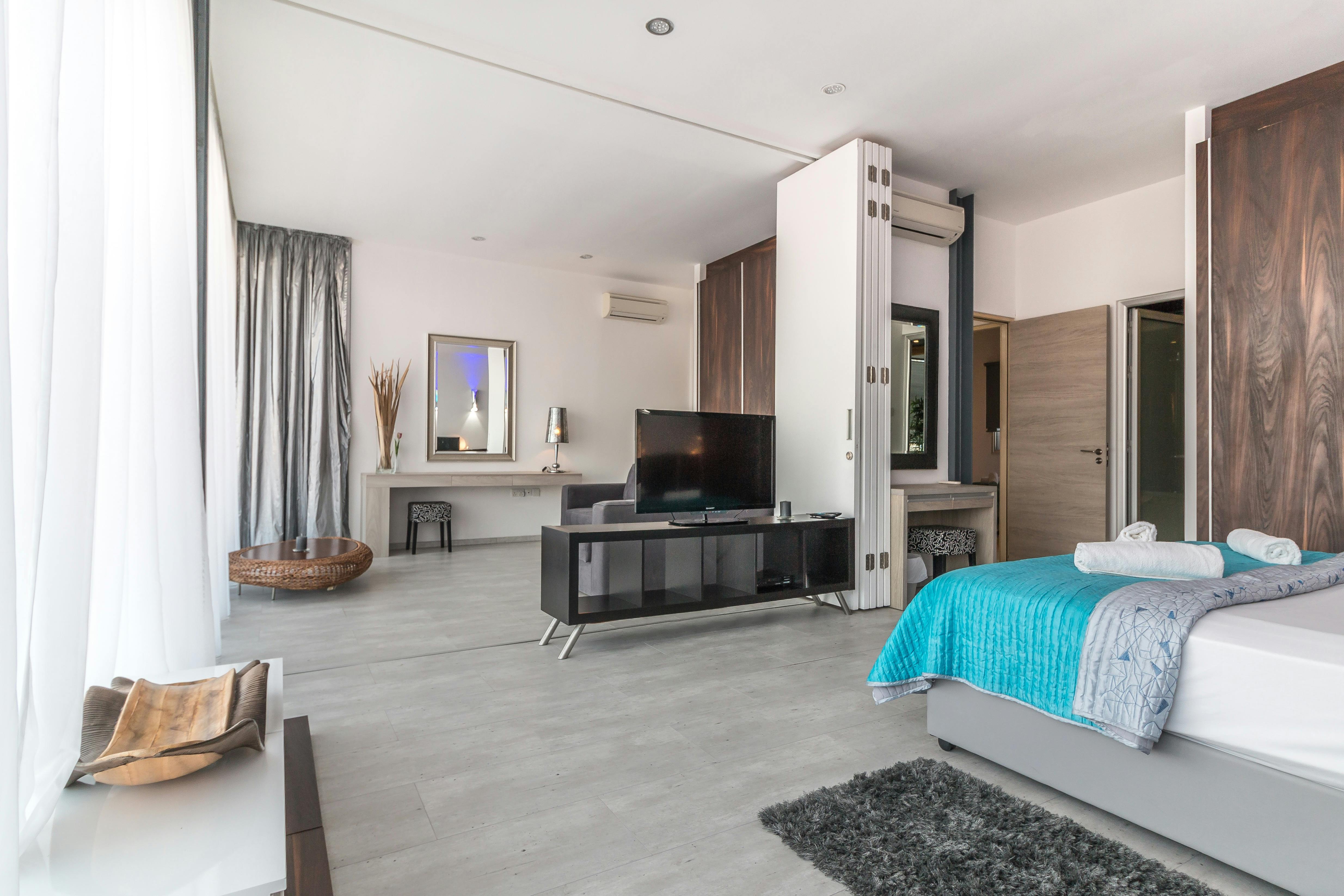
Designing Homes with Fascinating Interior Texture
1. Transform Your Space with Texture
In the realm of interior design, textures are the secret ingredient that can turn a house into a home. They add depth, personality, and a tactile richness that is essential for creating inviting and visually captivating spaces. Whether you're aiming for a cozy retreat or a chic urban oasis, understanding and harnessing the power of textures can make all the difference.
2. Why Texture Matters
Textures aren't just about how something feels—they're about how a room feels. They set the tone, create ambiance, and influence the overall mood of a space. Smooth textures like glass and metal exude modernity and sleekness, while rougher textures such as wood and woven fabrics bring warmth and a sense of authenticity.
3. Exploring Different Types of Textures
Natural Textures: Incorporate the raw beauty of materials like wood, stone, and bamboo to add a touch of nature's tranquility to your interiors.
Textile Textures: From sumptuous velvet to crisp linen, textiles offer endless possibilities for layering comfort and style. Think plush rugs, textured upholstery, and luxurious bedding to enhance the tactile experience of your living spaces.
Wall Textures: Walls are like blank canvases waiting to be adorned with texture. Whether through textured paints, wallpapers, or architectural features like brick or tile cladding, the right wall texture can transform a room's aesthetic from ordinary to extraordinary.
4. Applying Texture in Different Rooms
Living Room: Combine plush fabrics with sleek metallic accents to create a harmonious blend of comfort and contemporary flair.
Bedroom: Opt for soft textures like velvet headboards and silk bedding to evoke a sense of luxury and relaxation.
Kitchen: Balance functionality with style by integrating textures such as smooth countertops, rustic wooden cabinets, and textured tile backsplashes.
Bathroom: Create a spa-like oasis with natural stone tiles, soft towels, and subtle textures that elevate your daily routines.
5. Design Tips for Mixing Textures
Contrast and Balance: Pair contrasting textures (e.g., smooth and rough) to add visual interest while maintaining a cohesive look.
Color and Texture Harmony: Coordinate textures with your color palette to create a harmonious and inviting atmosphere.
Personalization: Experiment with DIY texture projects like textured paint techniques or custom fabric panels to add a personalized touch to your décor.
6. Conclusion
Textures are more than just design elements—they're storytellers that enhance the ambiance and personality of your home. By incorporating a variety of textures thoughtfully, you can create spaces that not only look beautiful but also feel inviting and harmonious. Whether you're redesigning a single room or transforming your entire home, let textures be your guide to achieving a space that is as functional as it is fabulous.
Contact Us